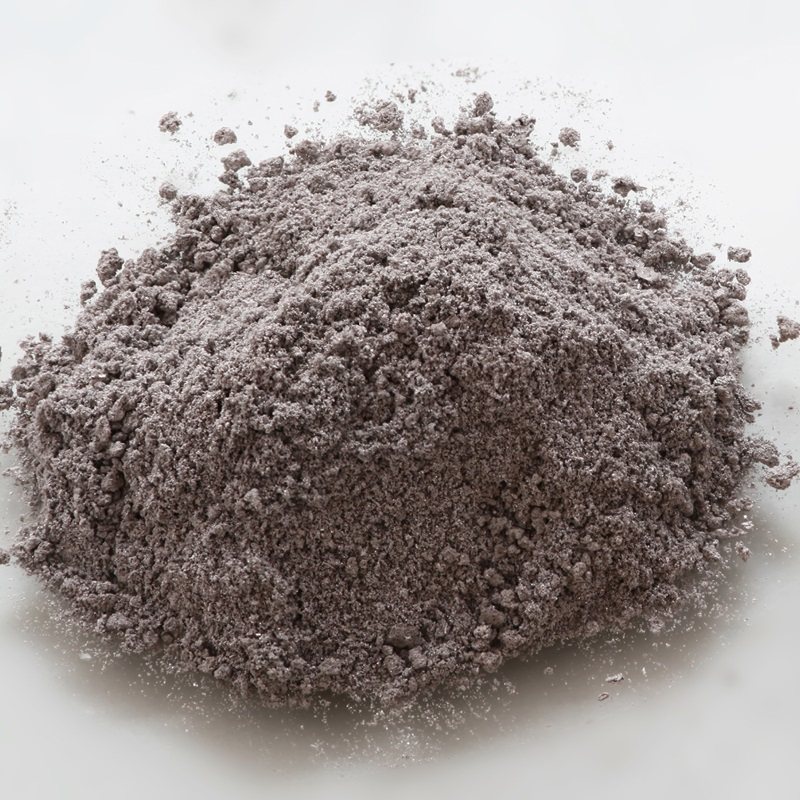Rhodium
45
Rh
Group
9
Period
5
Block
d
Protons
Electrons
Neutrons
45
45
58
General Properties
Atomic Number
45
Atomic Weight
102.9055
Mass Number
103
Category
Transition metals
Color
Silver
Radioactive
No
From the Greek word rhodon, rose
Crystal Structure
Face Centered Cubic
History
Rhodium was discovered in 1803 by William Hyde Wollaston in London.
He used crude platinum ore presumably obtained from South America.
The introduction of the three way catalytic converter by Volvo in 1976 increased the demand for rhodium.
He used crude platinum ore presumably obtained from South America.
The introduction of the three way catalytic converter by Volvo in 1976 increased the demand for rhodium.
Electrons per shell
2, 8, 18, 16, 1
Electron Configuration
[Kr] 4d8 5s1
Rhodium metal does not normally form an oxide, even when heated
Physical Properties
Phase
Solid
Density
12.41 g/cm3
Melting Point
2237.15 K | 1964 °C | 3567.2 °F
Boiling Point
3968.15 K | 3695 °C | 6683 °F
Heat of Fusion
21.7 kJ/mol
Heat of Vaporization
495 kJ/mol
Specific Heat Capacity
0.243 J/g·K
Abundance in Earth's crust
7×10-8%
Abundance in Universe
6×10-8%

CAS Number
7440-16-6
PubChem CID Number
23948
Atomic Properties
Atomic Radius
134 pm
Covalent Radius
142 pm
Electronegativity
2.28 (Pauling scale)
Ionization Potential
7.4589 eV
Atomic Volume
8.3 cm3/mol
Thermal Conductivity
1.5 W/cm·K
Oxidation States
-1, 1, 2, 3, 4, 5, 6
Applications
The element's major use is as one of the catalysts in the three-way catalytic converters in automobiles.
Rhodium is used as an alloying agent for hardening and improving the corrosion resistance of platinum and palladium.
It is also used as a filter in mammography systems because of the characteristic X-rays it produces.
Rhodium is also used for jewelry and for decorations.
Rhodium is used as an alloying agent for hardening and improving the corrosion resistance of platinum and palladium.
It is also used as a filter in mammography systems because of the characteristic X-rays it produces.
Rhodium is also used for jewelry and for decorations.
Rhodium is considered to be non-toxic
Isotopes
Stable Isotopes
103RhUnstable Isotopes
89Rh, 90Rh, 91Rh, 92Rh, 93Rh, 94Rh, 95Rh, 96Rh, 97Rh, 98Rh, 99Rh, 100Rh, 101Rh, 102Rh, 104Rh, 105Rh, 106Rh, 107Rh, 108Rh, 109Rh, 110Rh, 111Rh, 112Rh, 113Rh, 114Rh, 115Rh, 116Rh, 117Rh, 118Rh, 119Rh, 120Rh, 121Rh, 122Rh